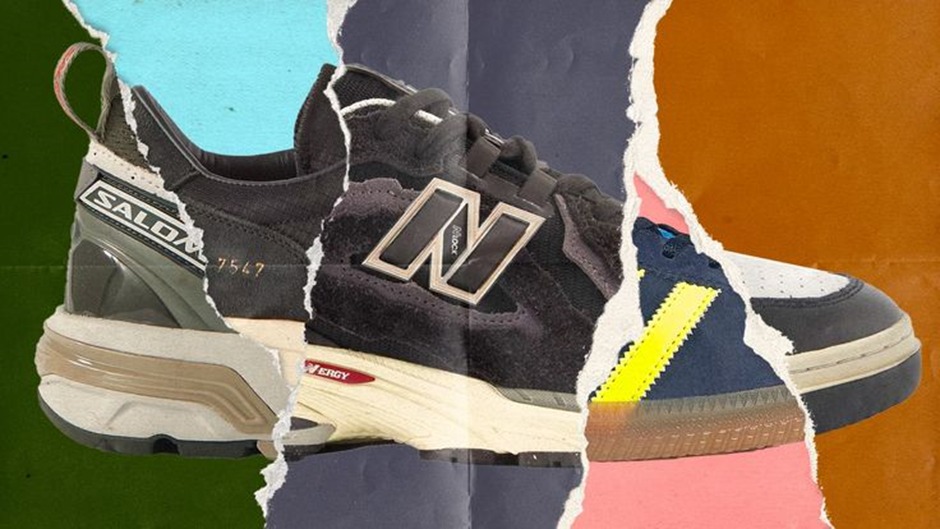What used to be a passion-driven culture of sneakerheads camping out for drops has turned into a digital warzone of bots, scalpers, and fake bids. In 2025, sneaker resale scams have evolved into a billion-dollar trap—and it’s the everyday consumer who’s footing the bill.
Hype culture, fueled by limited-edition drops from Nike, Adidas, and luxury streetwear brands, has turned sneakers into assets. But while the resale market soars, trust in it plummets. Behind the scenes, scammers are gaming the system using bots, manipulating bids, and selling fakes—all while hiding behind the glossy veneer of resale platforms.
1. The Bot Takeover
Bots dominate major sneaker drops. These automated scripts are programmed to check out dozens—sometimes hundreds—of pairs in milliseconds. Meanwhile, real buyers stand no chance. These bots scoop up stock, driving scarcity and artificially inflating resale value. Then, the same bad actors resell the sneakers at insane markups—some never even touching the shoes themselves.
What’s worse? Some platforms subtly benefit. The higher the resale value, the more commission they earn. So the system stays broken.
2. Fake Listings and Phantom Sales
On resale platforms like StockX and GOAT, fake listings are a major issue. Scammers post rare sneakers they don’t even have. When someone places a bid, these fakes accept it, triggering a “sale”—but the product never ships. The scammer then ghosts the system or cancels at the last minute.
This fake bidding war inflates market value, creating a false sense of demand. Buyers feel pressured to pay more, not realizing they’re competing with ghost listings and manipulated data.
3. Replica Sneakers Labeled as “Deadstock”
Another popular scam? Passing off high-quality fakes as “deadstock”—unworn, authentic sneakers. Some counterfeiters now produce replicas so perfect that even sneakerheads can’t tell the difference. Scammers list these fakes as brand-new and sell them at real resale prices.
Even with so-called authentication services, fakes still slip through the cracks. Multiple horror stories have surfaced of buyers receiving counterfeit Travis Scotts or Off-Whites that were allegedly “verified.”
4. Fake Bids to Trick the Algorithm
Scammers also exploit bidding systems. By placing fake high bids using throwaway accounts, they manipulate resale platform algorithms into showing inflated prices. That false demand drives genuine users to place higher bids—thinking the value is legitimate.
Once the real bids roll in, the fake ones disappear. But the market remains distorted, and the scammer cashes out.
5. How to Stay Safe in the Sneaker Game
- Buy Direct When Possible: If you're serious, buy straight from brand stores or apps like SNKRS.
- Don’t Trust Price Spikes: Sudden resale surges are often artificial. Do research outside the platform.
- Use Legit Authentication Services: Some third-party services specialize in spotting replicas, even when resale platforms fail.
- Avoid Peer-to-Peer Resale Unless You Know the Seller: No refunds and no verification = high risk.
- Look for Trusted Communities: Forums like r/Sneakers often expose bad actors and flag scam trends early.
Conclusion
Streetwear isn’t just about sneakers—it’s about culture, identity, and hustle. But in 2025, that hustle’s been hijacked by scammers exploiting resale hype for profit. From bots and fake listings to counterfeit kicks and ghost bids, the game has changed. If you want to stay in it without getting scammed, you’ve got to lace up smarter. Because in today’s sneaker world, the real drip is knowledge.

